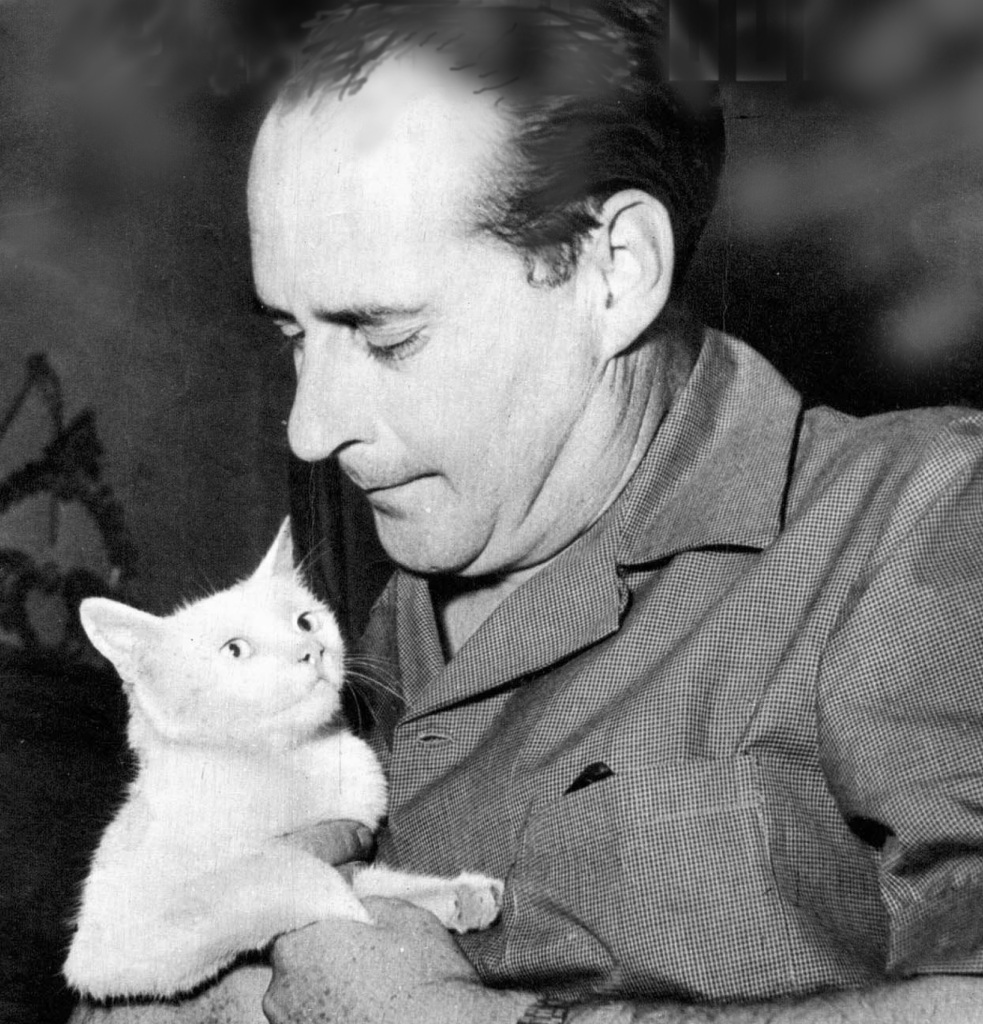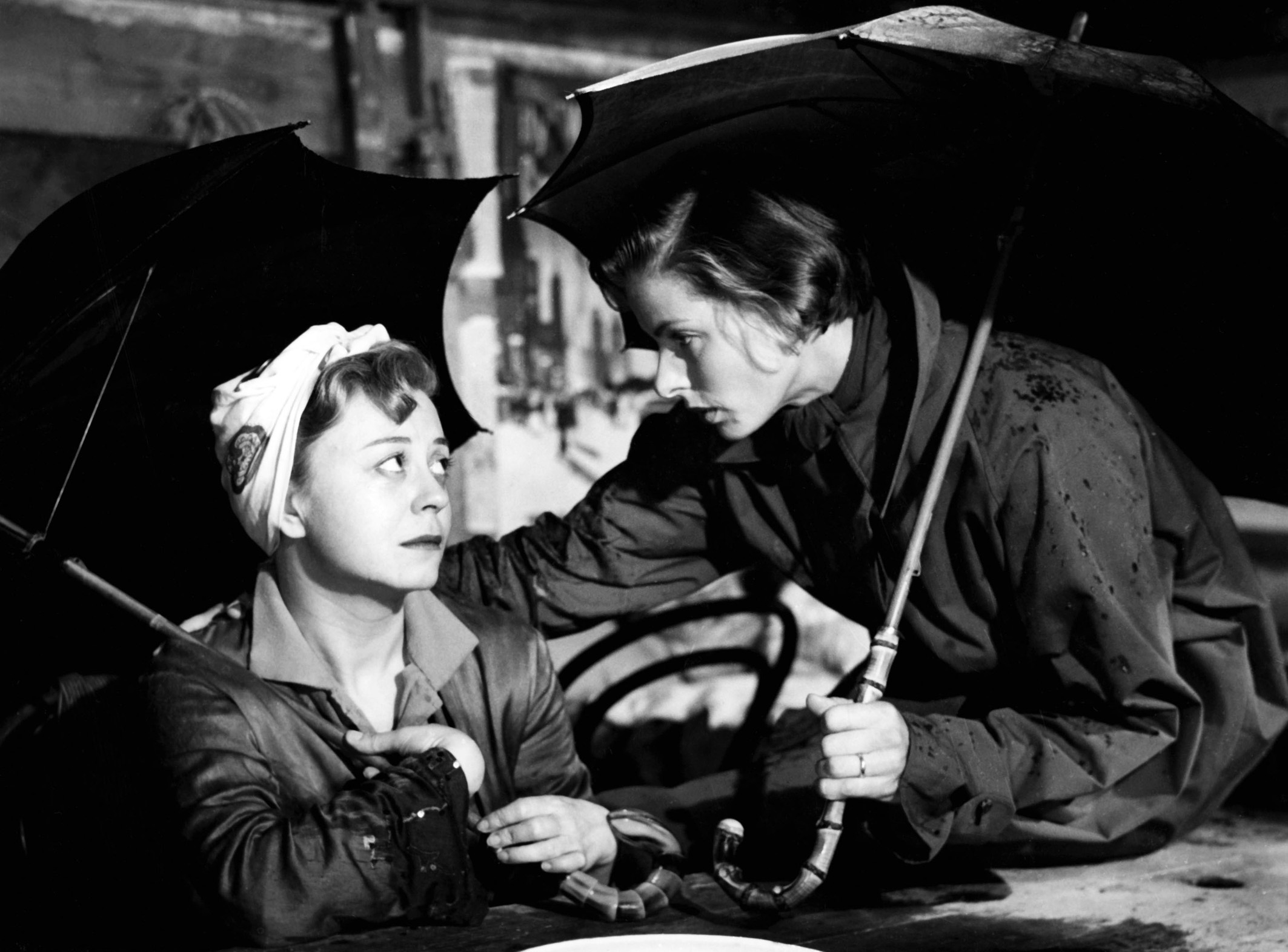Roberto Rossellini, an Italian director renowned for his critical role in the Italian Neorealism movement, is a defining figure in post-war European cinema. Known for his raw, emotional storytelling, he used the medium to reflect the harsh realities of life. His films like Rome, Open City and Paisan often incorporated non-professional actors, on-location shooting, and a minimalist style. These choices underscored his commitment to realism and authenticity, which, combined with his social and political commentary, provided a stark view of poverty, oppression, and the impact of war on everyday people.
Rossellini’s journey into filmmaking started during the era of fascism in Italy. Post-World War II, his work was instrumental in establishing Italian Neorealism. He managed to procure film stock during the war-torn scarcity, giving birth to Rome, Open City, a seminal work that brought global attention to the neorealist movement. Following this, films like Paisan and Germany, Year Zero further solidified his place in the movement.
Rossellini’s films have a distinctive realist approach, manifested through his commitment to on-location shooting and the use of non-professional actors. This combination gave his work a sense of authenticity, capturing the truth of human experiences. His social and political commentary was woven into narratives dealing with poverty, oppression, and ordinary people’s daily struggles. This is particularly evident in films like The Flowers of St. Francis, where he explored philosophical and political ideas. His collaborations, notably with actors Ingrid Bergman, Anna Magnani, and writer Federico Fellini, played a crucial role in shaping his artistic vision during this period.
Moving On From Neorealism
His minimalistic style is characterised by long takes, a static camera, and a focus on characters and their environments, contributing to the overall realism of his films. He refrained from elaborate camera movements and frequent cutting, allowing scenes to unfold naturally. This style was integral to Rossellini’s vision and highlighted the humanism present across his diverse body of work.
Later in his career, Rossellini shifted his focus to television and historical films. He embarked on what he termed a ‘pedagogical project,’ aiming to educate viewers about history and ideas through works like The Age of the Medici and Cartesius.
Rossellini’s profound influence on world cinema cannot be overstated. His contribution to Italian Neorealism inspired filmmakers globally, leading to a transformative movement in cinema that reverberates to this day. His impact extends beyond Neorealism, influencing later movements such as the French New Wave, with directors like François Truffaut and Jean-Luc Godard acknowledging his work. His enduring humanism and commitment to portraying the stark realities of life ensure his legacy continues to inspire and inform the cinematic landscape.

Roberto Rossellini (1906 – 1977)
Calculated Films:
- Rome, Open City (1945)
- Paisan (1946)
- Germany, Year Zero (1948)
- The Flowers of St. Francis (1950)
- Stromboli (1950)
- Europa ’51 (1952)
- Journey to Italy (1954)
- India: Matri Bhumi (1959)
- General Della Rovere (1959)
- The Taking of Power by Louis XIV (1966)
- The Age of the Medici (1972)
Similar Filmmakers
- Abbas Kiarostami
- Bernardo Bertolucci
- Ermanno Olmi
- Federico Fellini
- Francesco Rosi
- Giuseppe De Santis
- Martin Scorsese
- Michelangelo Antonioni
- Pier Paolo Pasolini
- Roberto Gavaldon
- Taviani Brothers
- Vittorio De Sica



Roberto Rossellini’s Top 10 Films Ranked
1. Rome, Open City (1945)
Genre: War, Drama

2. Germany, Year Zero (1948)
Genre: Drama

3. Paisan (1946)
Genre: War, Drama, Anthology Film

4. Journey to Italy (1954)
Genre: Drama, Romance

5. Europe ’51 (1952)
Genre: Drama, Psychological Drama

6. India: Matri Bhumi (1959)
Genre: Docudrama, Ethnofiction

7. The Flowers of St. Francis (1950)
Genre: Biographical, Period Drama, Religious Film

8. General Della Rovere (1959)
Genre: Prison Film, Period Drama, Drama

9. Stromboli (1950)
Genre: Drama

10. The Taking of Power by Louis XIV (1966)
Genre: Biographical, Period Drama

Roberto Rossellini: Themes and Style
Themes:
- Realism and Human Condition: Rossellini’s films, like Roma Città Aperta and Paisà, often delve into the raw and realistic portrayal of human conditions, reflecting the struggles and resilience of ordinary people during and after World War II.
- Socio-Political Commentary: He frequently used cinema as a means to comment on social and political issues. Films such as Europa ’51 and Il Generale Della Rovere serve as critiques of societal norms and the impact of political systems on individuals.
- Spiritual and Religious Inquiry: In works like Francesco, Giullare di Dio and Il Messia, Rossellini explored spiritual themes, examining faith, morality, and the human quest for meaning through a compassionate lens.
- Personal Relationships and Emotions: He often focused on the complexities of human relationships and emotions, as seen in Voyage to Italy, showcasing the psychological depth and emotional struggles within personal bonds.
Styles:
- Neorealism: Rossellini is one of the pioneers of Italian Neorealism, a style characterised by on-location shooting, the use of non-professional actors, and a focus on everyday life, prominently displayed in Roma Città Aperta.
- Minimalist Cinematography: His approach often involved minimalist cinematography with long takes and a mobile camera, creating a sense of authenticity and immediacy, as seen in Germany, Year Zero.
- Documentary-like Aesthetics: Rossellini frequently employed a documentary-like aesthetic, blending real-life events with fiction, giving a sense of immediacy and truth to his narratives, especially in his war trilogy.
- Episodic Structure: He experimented with episodic storytelling, particularly in Paisà, to present a tapestry of different characters and settings, each segment reflecting a facet of the larger theme.
Directorial Signature:
- Improvisational Directing: Rossellini was known for his improvisational style, often working without a fixed script and creating scenes through spontaneous collaboration with actors, leading to a more naturalistic performance.
- Historical Reconstruction: His historical films, like The Age of the Medici and Cartesius, showcase a meticulous reconstruction of historical events and figures, reflecting his commitment to educational and cultural enrichment.
- Blurring Fiction and Reality: Rossellini’s directorial signature is marked by a seamless blending of fiction and reality, challenging audiences to discern the boundary between the two and thereby engaging them in a deeper reflection.
- Intellectual Exploration: His later works reflect a more thorough exploration of philosophy, history, and human experience, moving away from the immediate post-war context to a broader humanistic inquiry, as seen in his historical films and television works.
Roberto Rossellini: The 23rd Greatest Director




